Hyundai Kona vs Renault Rafale – Which car suits you better?
Both models have their strengths – but which one suits you more?
Compare performance, efficiency, price and space directly: Hyundai Kona or Renault Rafale?
Costs and Efficiency:
Price and efficiency are often the first things buyers look at. Here it becomes clear which model has the long-term edge – whether at the pump, the plug, or in purchase price.
Hyundai Kona has a clearly advantage in terms of price – it starts at 23100 £, while the Renault Rafale costs 37500 £. That’s a price difference of around 14485 £.
Fuel consumption also shows a difference: Renault Rafale manages with 0.60 L and is therefore clearly more efficient than the Hyundai Kona with 4.60 L. The difference is about 4 L per 100 km.
As for range, the Hyundai Kona performs decisively better – achieving up to 514 km, about 417 km more than the Renault Rafale.
Engine and Performance:
Under the bonnet, it becomes clear which model is tuned for sportiness and which one takes the lead when you hit the accelerator.
When it comes to engine power, the Renault Rafale has a distinct edge – offering 300 HP compared to 218 HP. That’s roughly 82 HP more horsepower.
In acceleration from 0 to 100 km/h, the Renault Rafale is distinct quicker – completing the sprint in 6.40 s, while the Hyundai Kona takes 7.80 s. That’s about 1.40 s faster.
In terms of top speed, the Hyundai Kona performs to a small extent better – reaching 210 km/h, while the Renault Rafale tops out at 180 km/h. The difference is around 30 km/h.
Space and Everyday Use:
Cabin size, boot volume and payload all play a role in everyday practicality. Here, comfort and flexibility make the difference.
Both vehicles offer seating for 5 people.
In curb weight, Hyundai Kona is clearly perceptible lighter – 1370 kg compared to 1734 kg. The difference is around 364 kg.
In terms of boot space, the Renault Rafale offers distinct more room – 627 L compared to 466 L. That’s a difference of about 161 L.
In maximum load capacity, the Renault Rafale performs distinct better – up to 1910 L, which is about 610 L more than the Hyundai Kona.
When it comes to payload, Hyundai Kona minimal takes the win – 490 kg compared to 444 kg. That’s a difference of about 46 kg.
Who comes out on top?
Overall, the Renault Rafale shows itself to be outperforms in nearly all aspects and secures the title of DriveDuel Champion.
It convinces with the more balanced overall package and proves to be the more versatile choice for everyday use.
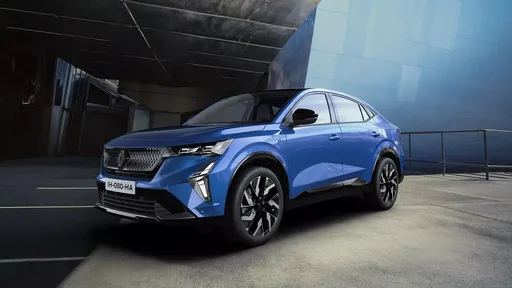 @ Renault Group Media
@ Renault Group Media
Renault Rafale
Hyundai Kona
The Hyundai Kona wears its personality on the outside with bold styling and sprightly handling that turns city driving into something a little more fun than a commute. It blends practical space, modern tech and sensible running costs into a compact, stylish package — a smart pick if you want flair without paying luxury prices.
details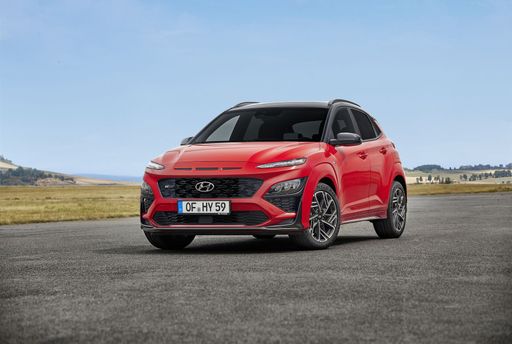 @ Hyundai Motor Company
@ Hyundai Motor Company
 @ Hyundai Motor Company
@ Hyundai Motor Company
 @ Hyundai Motor Company
@ Hyundai Motor Company
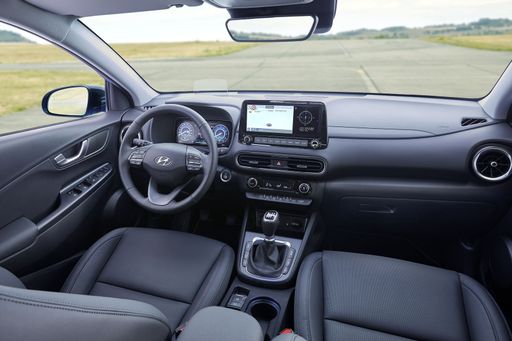 @ Hyundai Motor Company
@ Hyundai Motor Company
Renault Rafale
The Renault Rafale dresses bold coupé-inspired lines around a practical crossover body, turning heads without trying too hard. Inside it serves up a comfortable, well-equipped cabin and engaging driving manners, making it a clever choice for buyers who want a bit of panache with their daily commute.
details @ Renault Group Media
@ Renault Group Media
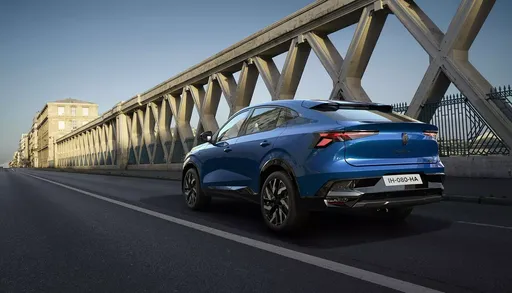 @ Renault Group Media
@ Renault Group Media
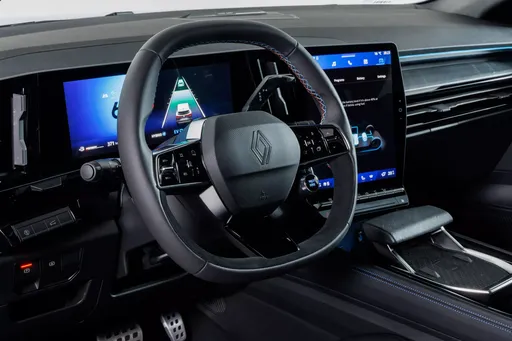 @ Renault Group Media
@ Renault Group Media
 @ Hyundai Motor Company
@ Hyundai Motor Company
|
 @ Renault Group Media
@ Renault Group Media
|
|
|
|
Costs and Consumption |
|
|---|---|
|
Price
23100 - 41600 £
|
Price
37500 - 49500 £
|
|
Consumption L/100km
4.6 - 7 L
|
Consumption L/100km
0.6 - 5 L
|
|
Consumption kWh/100km
14.6 - 16.8 kWh
|
Consumption kWh/100km
-
|
|
Electric Range
377 - 514 km
|
Electric Range
97 km
|
|
Battery Capacity
1.3 - 65.4 kWh
|
Battery Capacity
-
|
|
co2
0 - 163 g/km
|
co2
14 - 109 g/km
|
|
Fuel tank capacity
38 - 47 L
|
Fuel tank capacity
55 L
|
Dimensions and Body |
|
|---|---|
|
Body Type
SUV
|
Body Type
SUV
|
|
Seats
5
|
Seats
5
|
|
Doors
5
|
Doors
5
|
|
Curb weight
1370 - 1773 kg
|
Curb weight
1734 - 2025 kg
|
|
Trunk capacity
466 L
|
Trunk capacity
539 - 627 L
|
|
Length
4350 - 4385 mm
|
Length
4710 mm
|
|
Width
1825 mm
|
Width
1886 mm
|
|
Height
1580 - 1585 mm
|
Height
1613 mm
|
|
Max trunk capacity
1300 L
|
Max trunk capacity
1826 - 1910 L
|
|
Payload
420 - 490 kg
|
Payload
415 - 444 kg
|
Engine and Performance |
|
|---|---|
|
Engine Type
Electric, Petrol, Full Hybrid
|
Engine Type
Plugin Hybrid, Full Hybrid
|
|
Transmission
Automatic, Manuel
|
Transmission
Automatic
|
|
Transmission Detail
Reduction Gearbox, Manual Gearbox, Dual-Clutch Automatic
|
Transmission Detail
Automatic Gearbox
|
|
Drive Type
Front-Wheel Drive, All-Wheel Drive
|
Drive Type
All-Wheel Drive, Front-Wheel Drive
|
|
Power HP
115 - 218 HP
|
Power HP
200 - 300 HP
|
|
Acceleration 0-100km/h
7.8 - 11.9 s
|
Acceleration 0-100km/h
6.4 - 8.9 s
|
|
Max Speed
162 - 210 km/h
|
Max Speed
180 km/h
|
|
Torque
200 - 265 Nm
|
Torque
-
|
|
Number of Cylinders
3 - 4
|
Number of Cylinders
3
|
|
Power kW
85 - 160 kW
|
Power kW
147 - 221 kW
|
|
Engine capacity
998 - 1598 cm3
|
Engine capacity
1199 cm3
|
General |
|
|---|---|
|
Model Year
2024 - 2025
|
Model Year
2024 - 2025
|
|
CO2 Efficiency Class
A, D, C, E, F
|
CO2 Efficiency Class
B, C
|
|
Brand
Hyundai
|
Brand
Renault
|
Is the Hyundai Kona offered with different drivetrains?
Available configurations include Front-Wheel Drive or All-Wheel Drive.
The prices and data displayed are estimates based on German list prices and may vary by country. This information is not legally binding.
